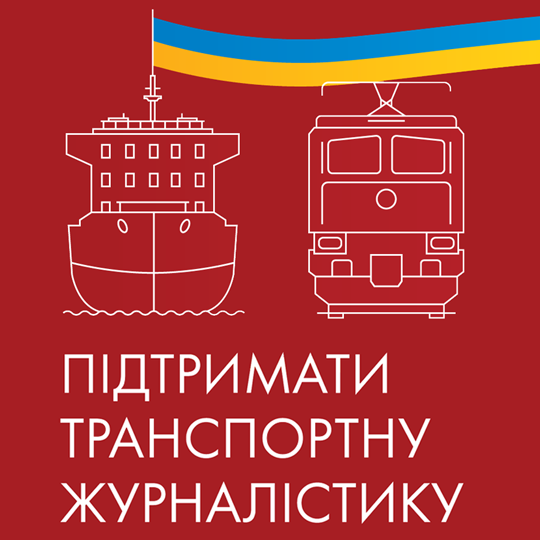The volume of transportation of import cargoes to Ukraine by rail in 2015 is projected at 19.336 million ton-kilometers, which is 2.1% more than the volume in 2014 and the highest since 1996.
According to the explanatory note to the financial plan of the State Railway Administration (Ukrzaliznytsia) for 2015, the text of which is published on the website of the Ministry of Infrastructure of Ukraine, coal, petroleum products, and ores are expected to account for most of the import cargoes transported by rail, the Interfax Ukraine news agency writes.
The turnover of transportation of transit cargoes in 2015 is projected at 29.34 million ton-kilometers, which is 4.2% less than the volume in 2014 and is the lowest in the last five years.
The projected volume of transportation of transit cargoes takes into account the fact that a simplified system of customs control of transit goods applies within the Customs Union of Russia, Belarus, and Kazakhstan, therefore almost 90% of Ukrainian transit cargoes come from these countries. The main transit cargoes will remain ores, petroleum products, and coal.
The volume of transportation of petroleum products reduced as a result of reduction of transportation of crude oil from Russia because of its partial reorientation to Russian ports.
Transportation nitrogen fertilizer from Russia reduced because of low demand from foreign consumers, given the stagnation on the fertilizer market. In this situation, companies are reorienting the sale of nitrogen fertilizers to the domestic market.
Export shipments are projected at 89.262 million ton-kilometers, which is 5.2% less than in 2014.
"Reduction of export shipments is expected because of a reduction in the volume of transportation of building materials and coal, taking into account the need for them on the domestic market. The ore that is delivered to Ukrainian iron and steel plants in the conflict zone in eastern Ukraine will be exported (because of the reduction or shutdown of production at these plants). A reduction in the volume of transportation of gravel is expected because of reduced orders from enterprises in the Russian Federation," the explanatory note states.
According to the document, the capacity utilization of most of the iron and steel plants located in the eastern part of Ukraine currently remains low because of a shortage of coke and iron ore.
"The main reasons for the reduction in shipments of bituminous coal are active fighting and damage to infrastructure in the conflict zone in eastern Ukraine, where most enterprises that are shippers of coal are located. In recent months, coking-coal mines have almost stopped production against the backdrop of the fighting. Furthermore, despite the destruction of railway branch lines, coal companies are unable to transport raw materials to enrichment plants for processing or transport concentrate to the end consumer," the document states.
The volume of transportation domestically is projected at 56.07 million ton-kilometers, which is 16.9% less than the volume in in 2014. The main cargoes will remain coal, petroleum products, ore, and building materials.
"Because of the fighting in the east, there is a significant shortage of coal, primarily thermal coal, production of which is concentrated in the districts of Donetsk and Lugansk regions controlled by militants. About 60% of the coke production facilities in Ukraine, the lion's share of which have essentially shut down, are concentrated in the eastern regions. About 64% of the facilities for production of coke are concentrated in in the areas outside the control of the Ukrainian authorities," the explanatory note to the financial plan states.
According to the document, oil refining is taking place only at the Kremenchug oil refinery and the Shebelinka gas processing plant, considering the fact that the owners of the oil refineries in Ukraine are predominantly Russian businesses. Transportation of petroleum products is projected to reduce mainly due to reduction of transportation from the Ukrtatnafta company.
In general, the financial plan for 2015 forecasts transportation of 335.445 million tons of cargo by rail, a reduction of 13.9% compared with 2014.



